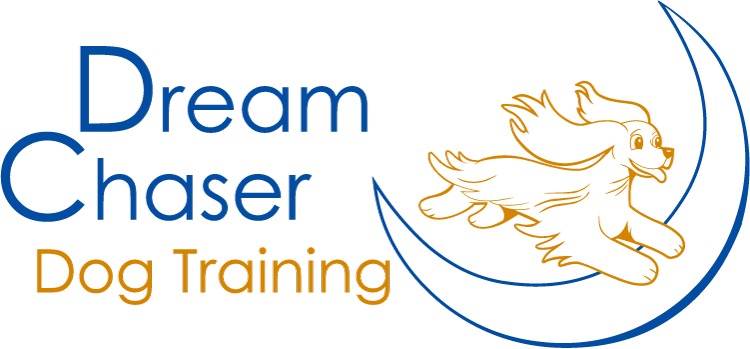Slow Down and Smell the Walk
We have schedules, places to be and places we are expected to be on-time. Getting the dog out to potty and for a bit of a walk can directly affect and even conflict with our daily schedule. So, this can become a tug of war—the dog pulls toward a smell, and we pull forward to finish the walk so that we stay on-task and on-time.
Dogs aren’t on the same schedule. Whereas we’re looking ahead thinking about the day’s events, they’re in the moment, completely focused on the smell in front of them. While we may notice the neighbor who waves hello, your dog smells, hears and sees EVERYTHING on a walk: the flock of birds taking off and flying overhead and the subtle body postures and sounds of the squirrels, indicating what tree they’ll run up and if she can beat them to it. He is taking in scent from the dog, the fox and the rabbits who all walked the same path earlier in the day. And think about how that information can change from a morning walk to an evening walk, adding in the people, squirrels and kids who ran across your path throughout the day. Think of the scent that has traveled down a street, over a lawn or onto a lamp post, all making a complex scent picture for your dog.
Different dogs take in all of that information in different ways. My 10-year-old is my “Scientist.” She can linger on one smell for 5 minutes. What is she processing? I have no idea! And yet, she is engaged for the duration, slowly moving her nose across each centimeter of that smell. My 2-year-old is my “Explorer.” He sniffs a smell for maybe 10-15 seconds and moves on. He will even go back to the smell my female gets stuck on, sniff for a few seconds and then look at her as if he’s saying, “What?”
To your dog, a walk can be intensely engaging and enriching. It can calm anxious or reactive dogs. When sniffing, a dog’s pulse actually lowers. The higher the sniffing intensity, the more the pulse lowers. This research has been done by the Dog Field Study; watch an amazing, short video that shows this drop-off in pulse rate while different dogs sniff along a walk.
How do you give your dog the enrichment he needs, while still keeping your family on schedule?
Break your walks up; designate certain walks as “business trips” (that came from a client, not me!) where the dog’s job is to potty
Include a sniffing walk at least once a day, when you have the time to linger with your dog. Try to walk your dog in new places to provide new smells.
Look around while he sniffs—your heart rate will also decrease, and you might discover things about your neighborhood that you’ve never noticed before
Want more information? Check out all that the Dog Field Study has to offer!

